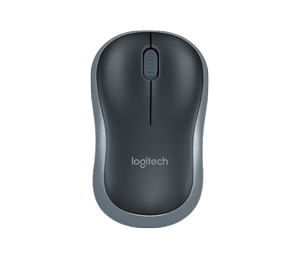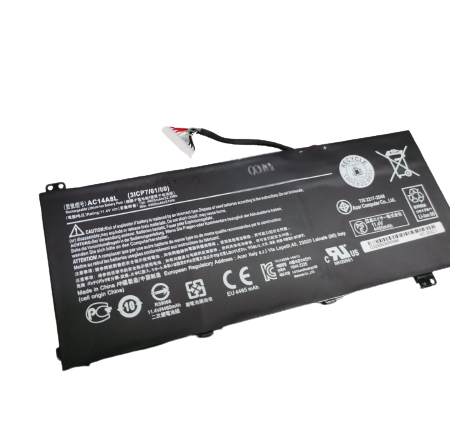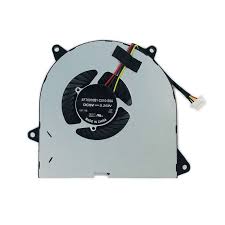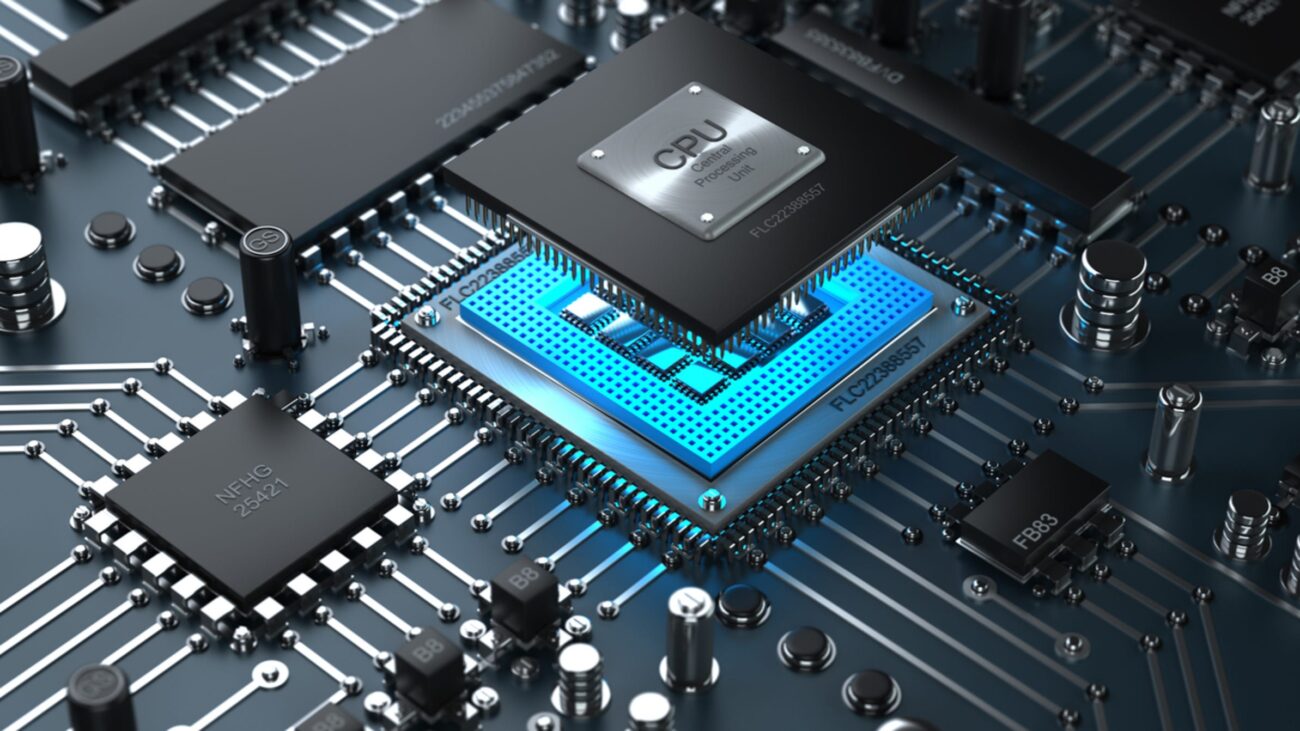Computer Chip Technology Evolution from SUNX Technologies’
Computer Chip Technology Evolution from SUNX Technologies’
In the realm of technology, computer chips stand as the unassuming engines that fuel innovation and power our interconnected world. These diminutive marvels, made from silicon and other materials, have traversed a remarkable journey of evolution in functionality, speed, and efficiency. This article unravels the captivating narrative of computer chip technology, exploring its historical transformation, capabilities, and contemporary trends, while shedding light on SUNX Technologies’ pioneering solutions.
The Evolvement of Silicon Chips
The lineage of computer chips harks back to the late 1950s and early 1960s, a period when the first integrated circuits (ICs) came into being. Prior to ICs, computing was a colossus, with discrete transistors and vacuum tubes comprising the machinery. The advent of ICs was groundbreaking, with multiple transistors integrated onto a single semiconductor chip, primarily fashioned from silicon.
Functionality’s Ongoing Metamorphosis
1. Moore’s Law and Miniaturization
In 1965, Gordon Moore, co-founder of Intel, introduced Moore’s Law, a concept postulating that the number of transistors on a microchip would approximately double every two years. This prophesy has held true over the decades, fostering the spectacular miniaturization of chips and a consistent upswing in processing potency.
2. Specialized Chips
As technology advanced, so did the functionality of computer chips. Specialized chips, like Graphics Processing Units (GPUs) and Application-Specific Integrated Circuits (ASICs), came to the fore, designed to deftly handle specific tasks. GPUs, for instance, excel in rendering complex graphics, rendering them indispensable in gaming and scientific simulations.
3. Multi-Core Processors
In response to the limitations of Moore’s Law, chip manufacturers embraced multi-core processors. These chips feature numerous processing cores, enabling parallel processing and augmenting performance. Multi-core chips have become the cornerstone, propelling desktops, laptops, and even smartphones.
Velocity and Efficiency
1. Clock Speed and Performance
For a substantial period, a processor’s clock speed held sway as the primary indicator of performance. Manufacturers pushed the boundaries of clock speeds, but power consumption and heat dissipation emerged as formidable challenges. Consequently, improvements in clock speeds plateaued, prompting a shift in focus toward alternative facets of chip design.
2. Power Efficiency
Efficiency is now the lodestar of chip design. Low-power chips are indispensable for mobile devices, and manufacturers have made significant headway in curtailing power consumption while enhancing or preserving performance. This transformation assumes paramount importance in the age of IoT, where devices must operate on limited battery power over extended periods.
3. Quantum Computing
The sphere of quantum computing chips lies on the horizon, promising an entirely new echelon of computing potency. Quantum bits, or qubits, can exist in multiple states simultaneously, potentially unraveling intricate problems at a pace unparalleled by traditional computers. Although in its nascent stages, quantum computing bears immense promise.
Present Trends
1. AI and Machine Learning
Artificial Intelligence (AI) and Machine Learning (ML) have emerged as pivotal forces in technology. AI-centric chips, such as NVIDIA’s Tensor Processing Units (TPUs), are tailored for AI workloads, substantially expediting training and inference procedures. AI is pervasive in diverse applications, from virtual assistants to autonomous vehicles.
2. Neuromorphic Computing
Taking inspiration from the human brain, neuromorphic computing chips endeavor to efficiently execute complex cognitive tasks. These chips leverage artificial neural networks and find application in robotics, vision systems, and speech recognition.
3. 5G and IoT
The rollout of 5G networks is instigating the development of chips capable of managing amplified data flow and the exigency for low latency. In the IoT sphere, chips are being crafted to support the proliferation of interconnected devices.
4. Quantum Computing Advancements
Quantum computing research is advancing at a remarkable pace. Companies like IBM, Google, and ambitious startups are making strides in the quest for practical quantum computers. Quantum chips have the potential to revolutionize cryptography, drug discovery, and optimization problems.
SUNX Technologies: Pioneers in Cutting-Edge Solutions
In the heart of this ever-evolving technological landscape, SUNX Technologies emerges as a beacon of innovation. We stand at the forefront of computer technology, offering state-of-the-art solutions that cater to your diverse needs. With an array of services and the latest in chip technology, we are equipped to tackle your most demanding challenges.
Contact us at 0770080823 to explore our cutting-edge solutions.
Conclusion
Computer chip technology has undergone a prodigious transformation since its inception. From the rudimentary integrated circuits of the 1960s to the multi-core processors of the present day, chips have grown in speed, efficiency, and versatility. The future holds even more exciting prospects, with quantum computing, AI-specific chips, and advances in power efficiency driving the next chapter in the realm of computer chips. As technology continues to advance, so will these tiny silicon powerhouses that fuel our digital world. And at the forefront of this evolution is SUNX Technologies, ready to lead the way with the latest in computer technology.
Contact us at 0770080823 to explore our cutting-edge solutions.








